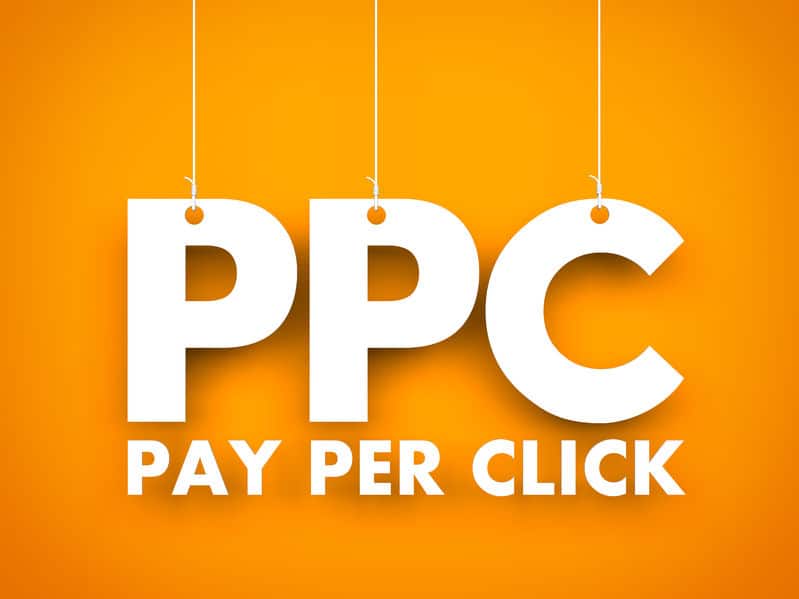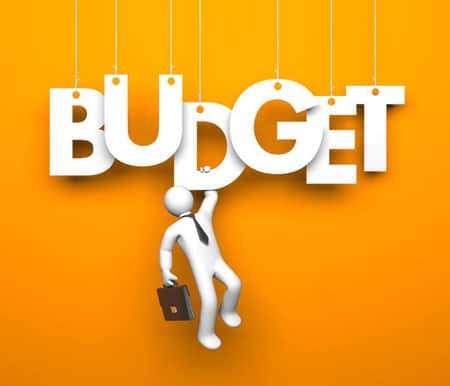Businesses who start using paid advertising generate very profitable sales of their product or services.
Paid advertising poorly done is like burning your money. However, done well; it’s like a cash register that keeps ringing.
The paid advertising platforms and channels want your money and will keep taking it regardless of your success.
When you first start using paid advertising to promote your business. You soon realise that the challenge is to generate the best return on your investment (ROI).
Creating a paid advertising campaign that works for your business takes a certain amount of knowledge and skill.
As with anything important in your business, there is a learning curve that starts with understanding how it works.
When you start using paid advertising, whether on social media platforms or search engines, have some fundamental areas you must complete before you spend.
- keyword research
- audience demographics
- audience interests
- budget amount
- end goal
If you’re not specific about the areas mentioned, you end up spending your money with little or no return.
In my day job, I have spoken to lots of businesses who have tried to start using paid advertising before and “it doesn’t work for their business”.
When you look deeper at how they implemented paid advertising, it’s easy to spot that they didn’t follow the fundamental areas mentioned.
Let’s be clear (and slightly direct) you are responsible for understanding how each paid advertising system works.
And, how to use the platform-tools provided to get a good ROI.
There is a simplistic way to view paid advertising, for every £1 ($1) spend you want £2 ($2) out. So, if you made double the amount of what you put in, it would be a 100% ROI and 50% gross profit.
Once you have hit the sweet spot of 100% ROI or more, it’s a case of increasing your spend budget.
In real-world terms, a recent Facebook campaign I carried out for a client in the hospitality sector; for every £1 in, there was a £78 return in investment.
The final spend over a six-week campaign was £3600 with a gain of £280,628 (the figures do not take into account my charges for creating and managing the campaign).
In this campaign, I used all of the fundamental areas described. The client had a highly active presence on their Facebook page, the ticket value (average selling price) was £106.98.
All traffic from the Facebook ads went to a highly converting landing page on their website with an e-commerce system.
When you start using paid adverting in your business, you can use it for several purposes.
For instance:
- sending traffic to a data capture form or page
- transferring traffic to a social media platform shop
- directing web traffic to a landing page or sales page
- leading web traffic to a product sales page

Pay per click vs organic marketing
Pay per click and paid search advertising are when you pay a company who has your target audience to generate traffic by showing them your advert.
The alternative is organic marketing, where you create content that generates inbound traffic.
I believe that both are important to your business.
Paid ads have an instant outcome, whereas content marketing takes time to see results.
The reason to do both is that while you are using paid advertising, your organic content marketing footprint is growing.
Paid search advertising
Search Engine companies provide paid search advertising (pay per click or PPC). Companies such as Google (Google Adwords), Bing (Bing Ads) provide PPC.
It works on the basis that the advert copy uses keywords or keyword phrases that your ideal customers use.
Depending on the criteria of advert you use, it can be pay per click (PPC). PPC is when your advert’s shown in search, and the user clicks on the link.
Display advertising
Display advertising works based on renting space on websites with large volumes of traffic or specific demographics of your target audience.
You have probably seen them when looking at different websites. The display adverts are on the sidebar, above, in between and below the content.
Social media advertising
Social media advertising works based on the audience that uses the platform. You can have PPC adverts and pay per view.
The PPC adverts work in much the same way as search PPC. The pay per view is just that, how many times the advert’s shown on the user’s timeline.
The secret to start using paid advertising is getting specific about the audience you are targeting.
Retargeting advertising
Retargetting adverts or banner ads work by getting shown to people who have visited your website.
The way it works is a piece of code (or pixel) is embedded on all or specific pages on your website.
When users visit your website and navigate to the web page that has the pixel then leaves your site.
When they visit another website that has display adverts, the advertising system displays your banner advert.
For social media platforms, it works the same. However, it displays a specific advert in the feed that you have chosen to be a retargeting advert.

Step 1: Keyword research
Keyword research comes in many forms, depending on what you are trying to achieve.
Carrying out keyword research is different when writing a blog post, web page or landing page compared to social media and internet browser PPC ads.
I have written a post on “How To Do Keyword Research For SEO”.
In terms of keyword research for Google paid advertising (PPC), we are looking for search terms that potential customers will use. Those search terms would then end up in the title and content of the advert.
For social media paid advertising, we are using keyword research to support interest-based adverts.
Step 2: Audience demographics
Audience demographics helps, especially when advertising on social media platforms. Getting to grips with the audience helps to be specific when creating the advert criteria.
For instance, it will help to know the:
- Age and sex of the target audience
- The geographical area of the audience
- married/single
- Parents/non parents/grandparents etc.
Step 3: Audience interests
Knowing your audience’s interest also helps you narrow down the target market. If you were selling dog biscuits, you would choose an audience that was interested in dogs. The audience could own a dog, may be interested in training a dog and so on.
By targeting that audience, you would not be advertising to people without dogs and therefore not wasting money.

Step 4: Budget amount
Deciding on your campaign budget is a bit like planning only to take a certain amount of cash to a casino.
You probably have e have all heard about people who have lost all their money at a casino. Then starts using their bank account or credit card to carry on gambling.
The same can happen when you start using paid advertising; it’s easy to justify spending more money. The golden rule with paid advertising is to use a small budget to test the market, and only when it’s successful do you increase your spend.
Step 5: End goal
Every paid advertising campaign has to have an end goal. The purpose of the campaign has to be clear, and if it isn’t achieving the end goal, the advert must stop.
Being in control of the campaign is being in control of the end goal. Testing everything in your advertising campaign from advert copy to advert placement and audience.
Summary
The biggest takeaway from this blog post is that there is nothing to be afraid of when you start using paid advertising. If you do the due diligence, carry out the research and have learned the platforms advertising options.
Then you have created an environment and campaign that is going to give you the best result.
A glossary of abbreviations
CPC
Cost Per Click means that you, as an advertiser, pay the search engine for each user’s single click on your advert.
CPM
Cost Per Mille stands for cost per thousand impressions. CPM is an advertising model based on the number of people who see the ad (known as “impressions”).
PLA
Product Listing Ads. Also referred to as Google Shopping Ads.
PPC
Pay per click is the popular paid advertising model and is often used to refer to paid search in general. As mentioned above, it is virtually the same as Cost Per Click (CPC) ads.
You can find a full glossary of PPC terms for beginners here.
